Covering Ground
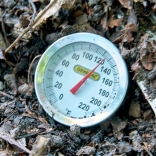 Heat up the compost pile & put a freeze on next year’s weeds
Heat up the compost pile & put a freeze on next year’s weeds
My grandma knew something about weeds that too many have forgotten: Hot composting is one of the best ways to kill the seeds. Better yet, hot composting does this without making ash, without a trip to the town dump, and without adding methane emissions at a landfill.
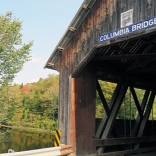 Where the Road Ends, the Connecticut River Begins
Where the Road Ends, the Connecticut River Begins
Did you get the fall foliage newsflash? The hills and valleys surrounding the headwaters of our own Connecticut River are among the first places in the United States to light up. More than 400 miles north, one of our best-known regional phenomena—fall color—starts in late September.
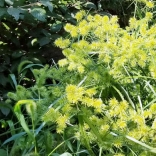 Weeds, Weeds, More Weeds. What to do?
Weeds, Weeds, More Weeds. What to do?
September invites fall lawn and garden advice. Soon, articles on bare patch repair, leaf composting, and fall pruning will flutter onto screens and pages like leaves from the trees.
This year, I’m suggesting a less conventional autumn topic: Weeds.
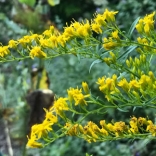 Find the Gold in Goldenrod
Find the Gold in Goldenrod
Some experts call it our single most valuable perennial plant for pollinators, but many people still try to eradicate goldenrod because they think it causes allergies.
The real source of sneezes is likely to be ragweed or other wind-pollinated plants. But old stories die hard.
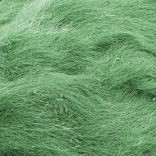 Low-Mow Lawn: Less Maintenance, Lower Footprint.
Low-Mow Lawn: Less Maintenance, Lower Footprint.
Crew-cut or mop-top? In the early 1960s, the Beatles stirred up a generational divide and instigated plenty of push-back from parents when their sons let their hair grow. Then the guardians of convention moved on, and men’s hairstyles have never been the same. Will it be the same for low-mow lawns, the mop-tops of the landscape world? I've met plenty of people who are planning to switch.
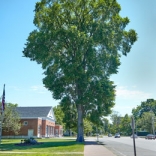 Centennial Elms: Where are they now?
Centennial Elms: Where are they now?
On July 4, 1876, eight citizens of Old Saybrook held a town meeting to declare they would plant 56 American elms in honor of the 56 signers of the Declaration of Independence. “Said trees [are] to be known and cared for by the town as the Centennial Trees,” the clerk recorded in Volume 8, page 159 of the records book that resides today at the Town Clerk’s office.
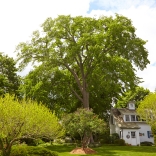 Book Review: Urban Forests: A Natural History
Book Review: Urban Forests: A Natural History
I was researching the history of a centennial elm on Old Saybrook's Main Street when an acquaintance suggested I pick up a copy of "Urban Forests: A Natural History of Trees in the American Cityscape" by Jill Jonnes. The cover looks like a textbook and the title is almost as exciting, but never judge a book by its cover.
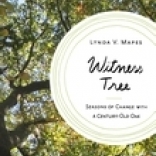 Book Review: Witness Tree by Lynda V. Mapes
Book Review: Witness Tree by Lynda V. Mapes
Fast moving and not overly technical, the tale of "Witness Tree" takes us down the path of bio-geographic research, particularly as it pertains to trees. Long-lived as they are, today's trees are likely to encounter unprecedented conditions as they age. The story takes place at Harvard Forest in Petersham, MA, one of the most studied forests in the world.
 Book Review: The Hidden Half of Nature
Book Review: The Hidden Half of Nature
David Montgomery and Ann Bikle peer into the scientific community's current understanding of the microbial world and its interactions with plants, insects, animals, and people. The writers, a husband and wife team, also bring a personal angle to their motivation for digging into the fast-emerging field of microbial medicine.
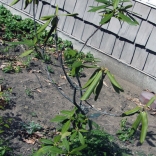 "Bring Me a Shrubbery!"
"Bring Me a Shrubbery!"
